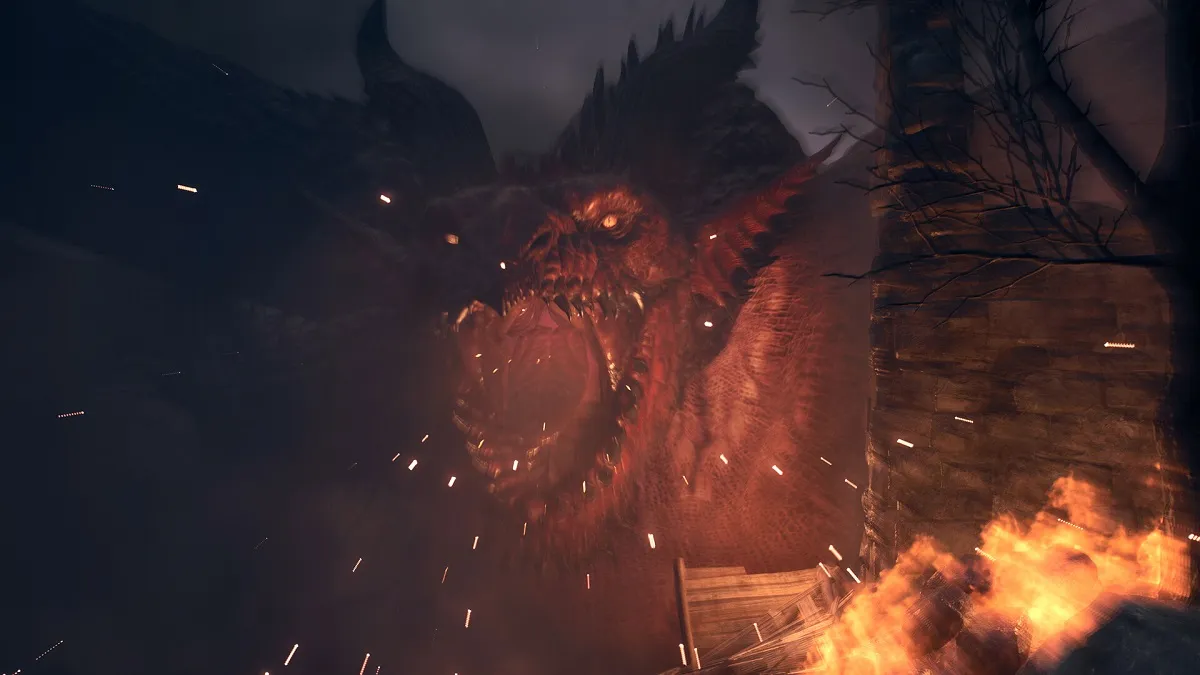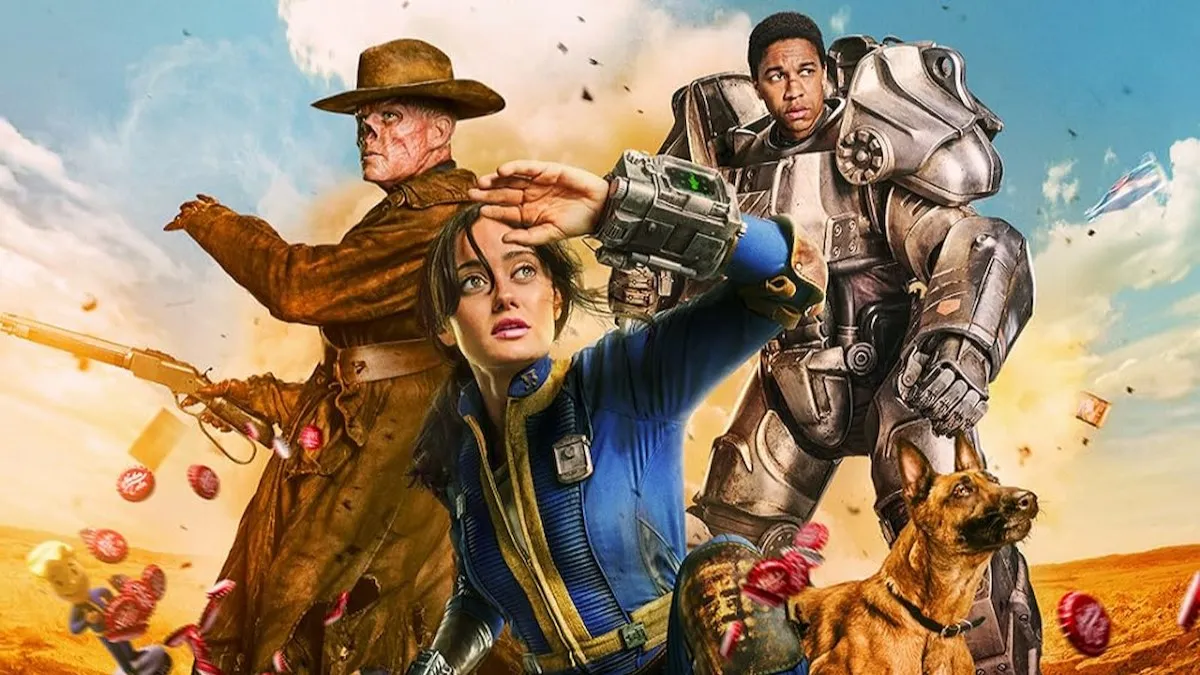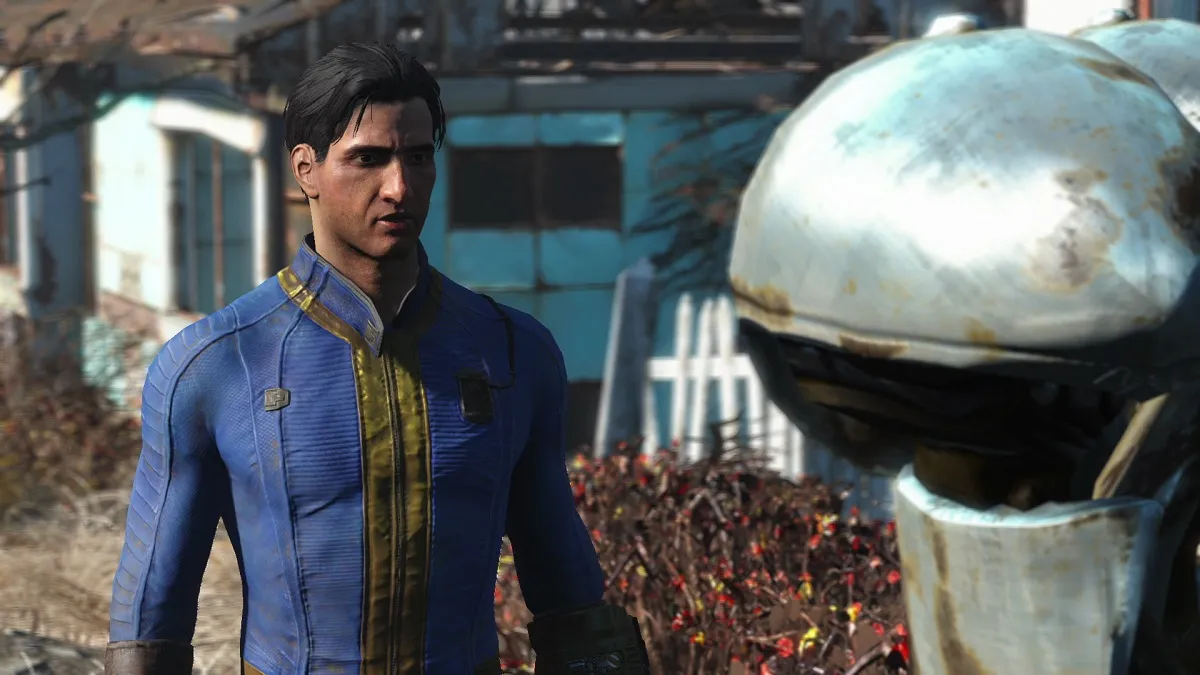The games that never came
Last summer, I wrote a blog about looking back at old video game magazines with the added benefit of hindsight. Flipping through the pages of Nintendo Power issues from nearly twenty years ago, it was so interesting to find articles about games in development and the hype surrounding games and systems which had only been announced, such as Zelda 64, Project Reality, and the AGB. One area I found particularly interesting was the articles and pictures taken from games which were never released and of which there is precious little information about. Of course, at the time, who knew whether a previewed game was bound for multi-million seller status, or if it would be quietly cancelled with little fanfare?
I never read Nintendo Power as a kid, despite growing up with Nintendo consoles and handhelds. Instead, I’ve only picked up a few old issues here and there, flipping through the old previews and walkthroughs from games I know by heart, and taking joy in supplementary nostalgia, I guess. I recently found two complete years of Nintendo Power (with posters and most trading cards still attached) from 1992 and 1994 and thought it was high time I updated my previous blog with some new goodies. This part of Hindsight will feature unreleased versions of games displayed in the pages of Nintendo Power, while part three will focus on Nintendo hardware, some of which I never knew existed.
While some games have been cancelled during development, there are some which never make it outside of certain regions. For instance, the Japanese version of Super Mario Bros. 2, which was released in 1987, did not make it to American shores until its inclusion in Super Mario All-Stars in 1993. There are a plethora of reasons why a game might never be released in other regions, including high localization costs, niche appeal, or overall lack of demand.

One issue of Nintendo Power had a special segment dedicated to games released in Japan but not overseas. Some of these games still have never had a foreign release for one reason or another.

The first mentioned is United States Presidential Election, a video game version of the 1988 election. In the game, you choose a candidate based on a pool of real-life candidates (with names slightly altered), decide how to most effectively spend campaign money, and choose your stance on political issues in debates and primaries, all in hopes of reaching the White House. The premise is intriguing and is an area you don’t often see in video games.

Next is Legend of the Fire Emblem. Now, I’m not entirely sure which game in the series this is. The article claims it was originally released in December of 1991, but Fire Emblem: Shadow Dragon and the Blade of Light, the first game in the series, was released in April of 1990 and the follow-up, Fire Emblem Gaiden, was released in March of 1992. I’m not familiar enough with the series to tell which game is in this article based on the screenshots or where the title Legend of the Fire Emblem comes from. It could be Fire Emblem: Shadow Dragon and the Blade of Light, which received a remake, as noted in the article. All in all, it’s neat to see the mechanics of Fire Emblem explained for the first time here to US players, despite the fact that it would take nine years for a game from the series to reach US shores.

Also mentioned is Mother for the Famicom, the first entry in the cult-classic series. It is interesting to note that the game was being considered for a US release under the name EarthBound, and that the sequel (EarthBound) was at one point titled Super Mother, though it was released as Mother 2. Of course, Mother officially made it outside of Japan just last year, sixteen years after its initial release, with the title EarthBound Beginnings. I hope that all made sense, because that was confusing to type. At this point, I assume that the re-release of Mother 3 will also incorporate the EarthBound name when it is officially released outside of Japan.

Speaking of bizarre naming, this article also touches on the Final Fantasy series, of which only a handful of titles had reached America at that point. I wasn’t sure if the whole “Final Fantasy IV/II or Final Fantasy VI/III” thing was ever explained, but this section succinctly explains the reasoning for the title changes. It is also interesting to note the article claims that Final Fantasy V would be released in the US in late 1994. In actuality, it was Final Fantasy VI which was localized, releasing in October of 1994 in the US as Final Fantasy III. Final Fantasy V would not be localized until its release in Final Fantasy Anthology in 1999, seven years after initial release.

Next up is something I find interesting more from a television standpoint. This section mentions two games based on Dragon Ball Z (or Dragon Ballz, as the article names it), but makes no mention of the TV show, saying only that the artist behind Dragon Warrior (Dragon Quest) created the characters shown. At this point, the Dragon Ball series was very popular in Japan, but would not see a dubbed release in the US for two more years and would not attain widespread popularity until a few years later. As popular as Dragon Ball Z is in the US and with the frequency of new game releases, it is interesting to look back at a time when the show was more or less unknown in the US.

An issue of Nintendo Power in 1996 mentioned that Bandai was toying with the idea of porting some of the Super Famicom Dragon Ball Z games to America. The dubbed version of Dragon Ball Z began airing in the fall of that year, so the game could have coincided, more or less, with the arrival of the show. However, I assume that the games were never released because of 1) the lateness of the release in the SNES lifecycle with the N64 just around the corner and 2) initially timid public interest in the show in the US.

Segueing into Akira Toriyama’s other prominent work, Dragon Quest, it is worth noting that the first four installments in the series made it to the US under the name Dragon Warrior. However, after the fourth installment, the main series would not see a release on foreign shores until Dragon Quest VII: Fragments of the Forgotten Past was released on the PlayStation in 2001, nearly ten years later.

However, as noted in this issue, an enhanced remake of Dragon Quest 1 and 2 was being released for the Super Famicom, with Enix considering a possible US release which never accumulated.
While all of the previous games I’ve mentioned are high-profile games which received a full release in Japan, there are many games which were not released at all, quietly being cancelled during development. Nintendo Power’s “Pak Watch” kept track of games in development, with most mentioned games less than a year away from release. However, some of them listed in this section failed to materialize for whatever reason.

This game, a platformer/action game titled Fireteam Rogue, features a character sketch in addition to game play stills and looks like an interesting, ambitious concept. It sounds as though it had a detailed back story and universe, and featured a combination of game play styles. Yet, the game was never released.

Future Zone, though mentioned here as being in development for more than a year, only shows artwork and no stills from gameplay. Reading through this section, it sounds as though the game had its share of development issues, changing development teams and drastically changing form. As with the last title, this game has an intriguing premise and it would have been interesting to see how the artwork for the city would translate into a game world.

One of the most interesting unreleased games I found in Nintendo Power was a game titled Sound Fantasy in development at Nintendo. It surprised me because, aside from Star Fox 2, I can’t think of any games developed by Nintendo which were left unreleased during the SNES era. It was a music rhythm game, but even after reading this section, I’m still not 100% sure what it’s about. It sounds like more of a concept game, similar to Mario Paint, but something you would have to play first to really understand. From what I can gather, the game was practically complete and ready for release, but Nintendo held off on the title, not sure it would be commercially viable. Instead, creator Toshio Iwai turned to Maxis and SimTunes was released for PC in 1996 containing many elements from Sound Fantasy.

In development as the Virtual Boy was dwindling, G-Zero was an installment in the F-Zero series. The console bit the dust before the game was released, though, saving many potential players from red-and-black headaches.
With games like these, I can’t help but wonder what they would have been like, if released. As ambitious as many of them sounded, would they have become classics, up there with the best of the SNES and the starts of new franchises? Or, would they have flopped, critically razed? Or, simply relegated to the discount bin?

Then, there were some games mentioned which were released, in one form or another. Impossible Mission 2025 was an action game released for the Amiga personal computer, a reboot of Impossible Mission released for the Commodore 64 a decade prior. An SNES version was in development, but dropped due to potential release toward the end of the SNES lifespan.

Ultrabots: Sanction Earth was a sci-fi strategy game for DOS with an SNES port was scheduled for release in 1992. In addition to this preview, a poster was attached to the issue of the game’s projected release month. For whatever reason, the SNES port never released.

Included on a general preview list of upcoming releases was mention of a game called Ghoul Realm from LucasArts. The preview makes mention of demons, ghosts, “and other playful phenomenon” on the loose and that the protagonists, Julie and Zack, must save their “incomprehensively stupid neighbors” from the dire threat. Thankfully, the game was given the more memorable title of Zombies Ate My Neighbors. It is also interesting to note that Zack’s name was changed to Zeke for the actual release.

In addition to announcing that MC Hammer would write and perform the lead song from Street Fighter: The Movie, it was also announced that digitized versions of the actors from the film would be featured in an upcoming Street Fighter arcade game, followed by a home console release on the SNES. While the movie game was released in arcades and on the Sega Saturn and PlayStation, it never made it onto the SNES.
What was your name again?
This isn’t about a cancelled game, but it was something I thought was worth mentioning. As the months progressed in 1994, more news came to light of Final Fantasy VI, or Final Fantasy III as it was known in the US. The game was hyped as the biggest game in the series, and reasonably so. The three issues following the game’s release featured hints, strategy, and a walkthrough of much of the story, accompanied by gorgeous Yoshitaka Amano artwork gracing most every page. Yet, as I read through these previews, something stuck out like a sore thumb.

In one of the first previews, a screenshot clearly identifies protagonist Terra as Kera. In the original Japanese release, the character is named Tina. The localization team then decided to give her a less common name for a new market. I don’t know how long Kera was considered or if it was just a typo, but I found another mention of the name in a later issue.

Though she is named Kera in the center column, her name is clearly shown as Terra in the bottom screenshot. Following this, each preview consistently listed her name as Terra.

Then, in the first full preview after the game’s release, two screenshots name party member Edgar as Edgara. It only shows up twice and he is correctly named Edgar in his character bio, but it was odd to see.

I hope you’ve enjoyed this look back at unreleased games of the past. Stay tuned for part three, where we will examine Nintendo hardware such as the hotly anticipated SNES-CD, Project Reality, Nintendo Gateway System, and more.



